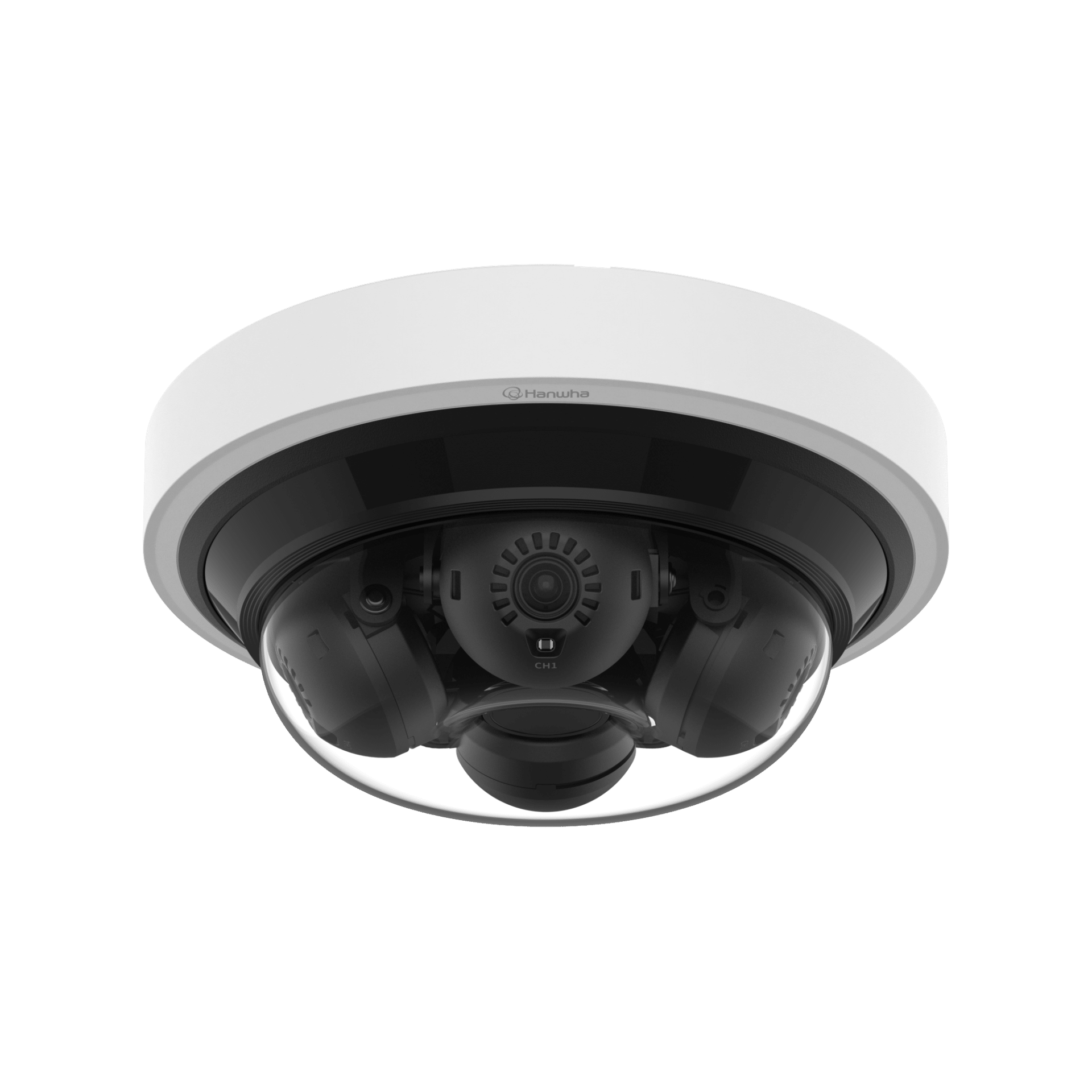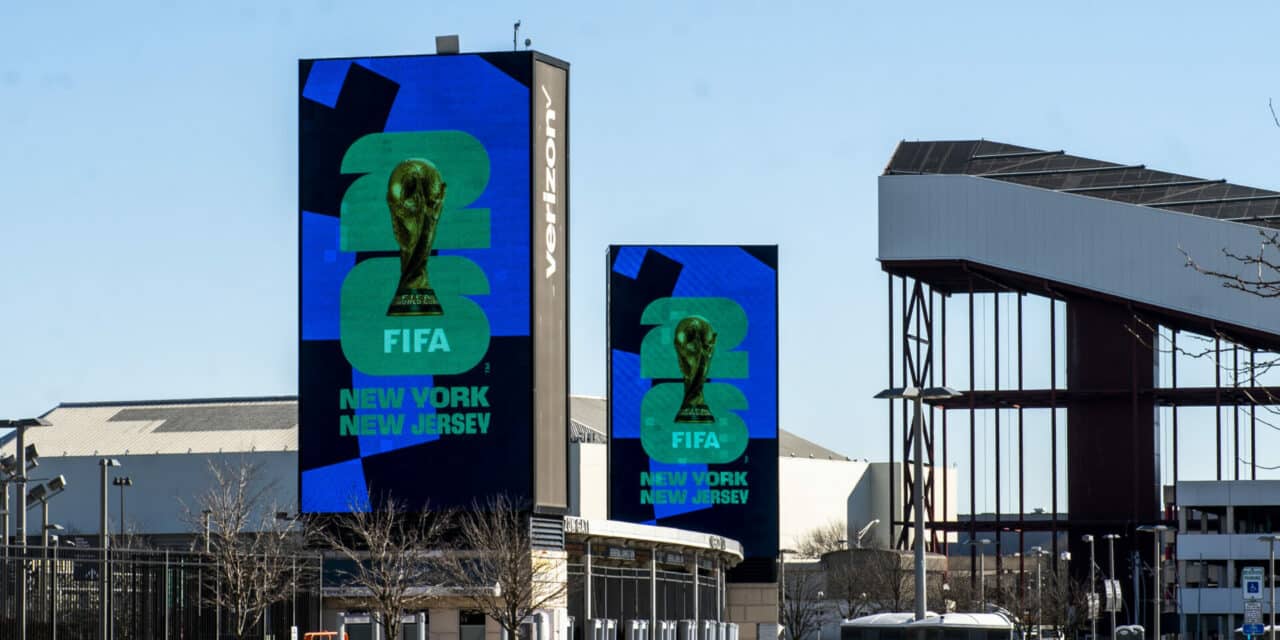WORLD PREP: The World Cup coming to North America in 2026 means venues getting up to speed to meet FIFA’s requirements, including in security and surveillance. (Getty Images)
Venue operations are intertwined, with everything from customer service to production value to sanitization leading not only to happy customers but a healthy balance sheet.
A prime example is in the security industry, where technological advances have seen surveillance equipment becoming a major part of not only safety but concessions, marketing and even athletics.
“It all kind of comes together, and that’s why the security cameras are being used in such non-traditional ways now,” says Mandi King, North America Sports & Leisure Business Development Manager for Hanwha Vision America, a producer of surveillance cameras and other solutions. She says data from surveillance cameras is now used to aid autonomous retail such as self-checkout as well as business analytics. “With heat mapping we can export that data and send it to the marketing department at these facilities, and they can tell where people normally gravitate to. So where to put way-finding, add extra bathrooms, charge extra money for specific concessions or advertising. We also use our queue management analytics to be able to tell if a line has gotten too long in, let’s say a retail shop or at a concession stand or a bathroom.”
Core surveillance functions are just as important as ever, though, especially when considering the number of major renovations taking place at big-league venues.
“What the facilities seem to be looking for the most in their renovations is decreasing the camera count, or trying to keep it the same number but adding more views,” King said, although unable to disclose any clients. She says minor league and collegiate facilities are also very active right now. “They want more multi-sensor cameras to be able to cover more areas with more pixel density. They’re also looking for those analytics, attribute extraction. AI is a huge one. Being able to actually tell that it’s a person walking into the gate versus a piece of trash blowing, what color clothing they’re wearing during non-event days — that’s when a lot of incidents occur as well. A lot of these facilities are open less than half of the year, especially if it’s like a minor league facility.” Although not using facial recognition, AI can massively speed up the investigative process by allowing users to filter footage based on a suspect’s apparel, hair color or other features.

The Hanwha Vision PNM-C16013RVQ is a multi-directional dome camera combining IR and AI-powered analytics in a highly compact form factor.
King says the company is adding AI and intelligent analytics throughout its product lines, now offering venues and other customers features typically available only on higher-end models. Also, Hanwha Vision America recently released what it says is the smallest quad-sensor camera that includes AI analytics and IR, now the size of an average dome camera.
And, while some modern facilities may have adequate surveillance and technology in place for most events, the 2026 FIFA World Cup, coming to North America for the first time since 1994, is affecting the surveillance industry as well.
“There are a lot of surveillance requirements for the World Cup and FIFA will come in and set up their own surveillance as well,” King said. “There’s reports out almost every day of a lot of these stadiums not only having to redo their seating and their field, but they’re having to also redo some security and add in extra surveillance — even outside of surveillance such as access control.”
The good news for all players in the security industry is that venue development seems to be taking surveillance more into account from the start, which leads to better efficiency and better experiences for venues and their tenants.
“The consultants who are out there in our sports industry are really pushing and driving enhanced security for new venues,” King said. “The engineers work closely with all of us vendors out there to stay up to date on what it is that we’re putting out into the market. A couple of facilities like Mercedes-Benz Stadium and Petco Park have really paved the way as far as utilizing their systems to its fullest potential. They use a competitor’s product but I still refer to them all the time. Those two facilities really helped open everyone’s eyes up.”







